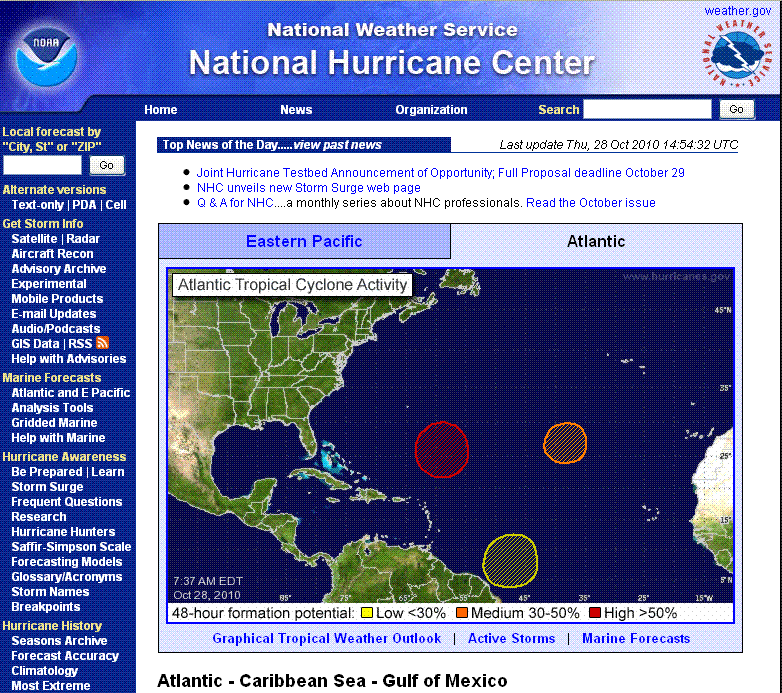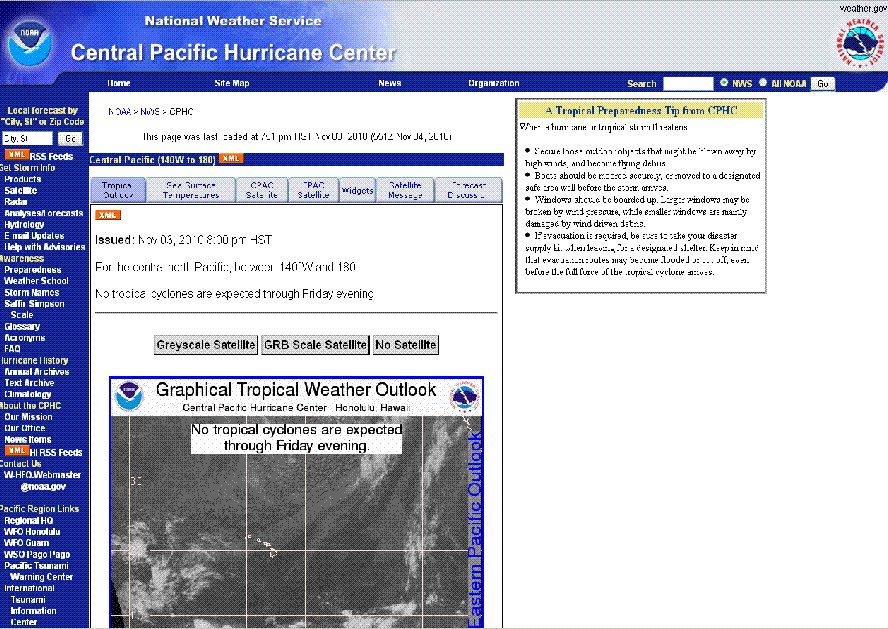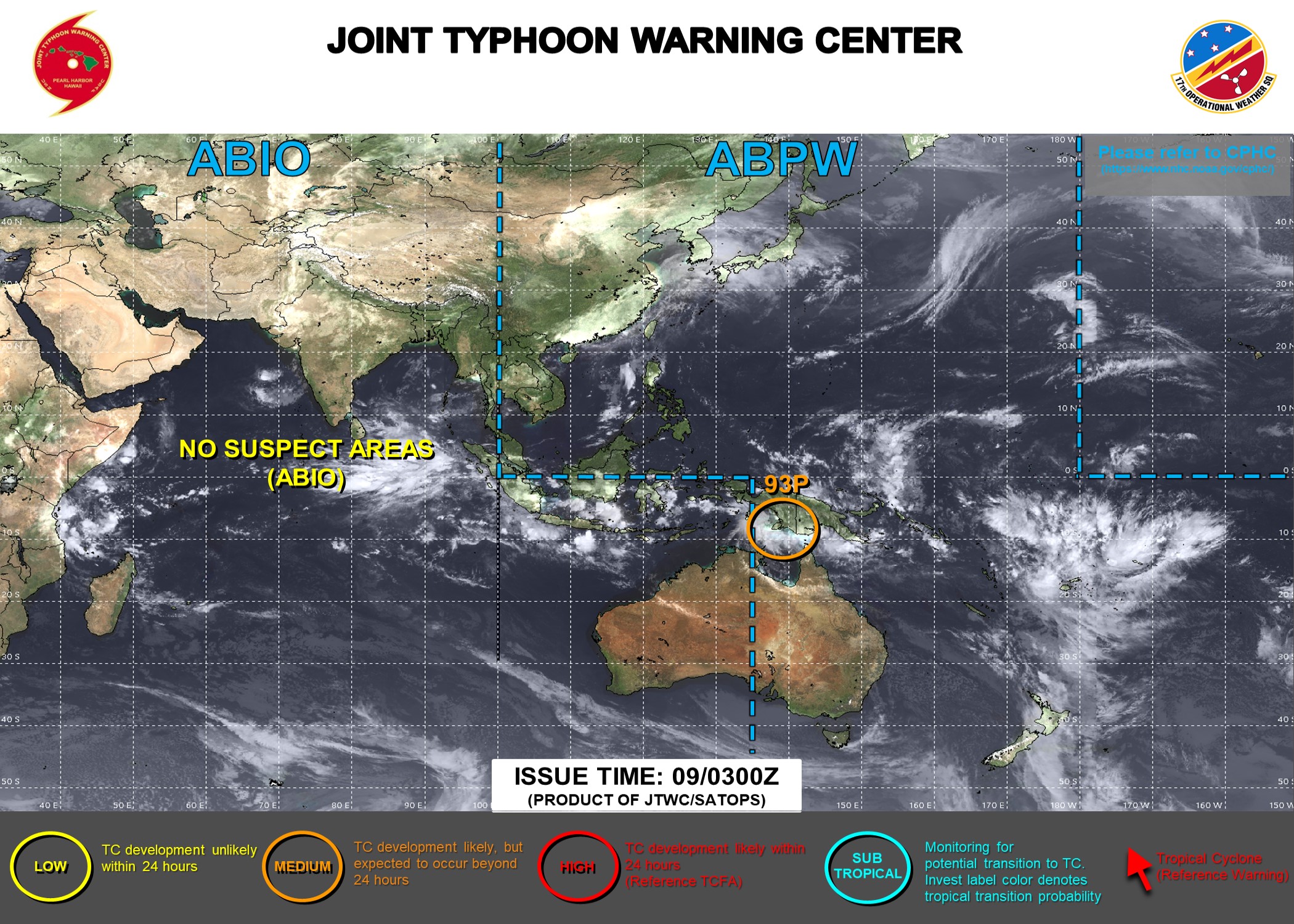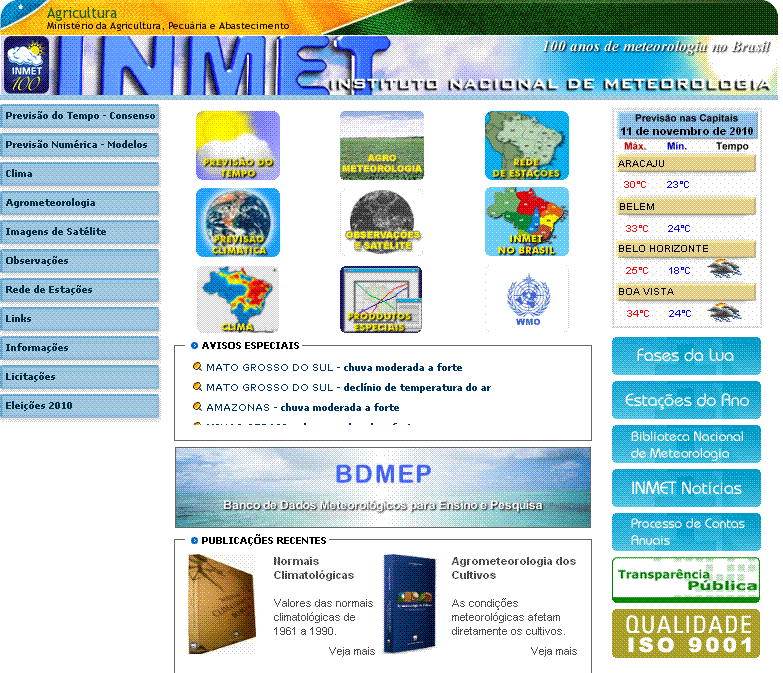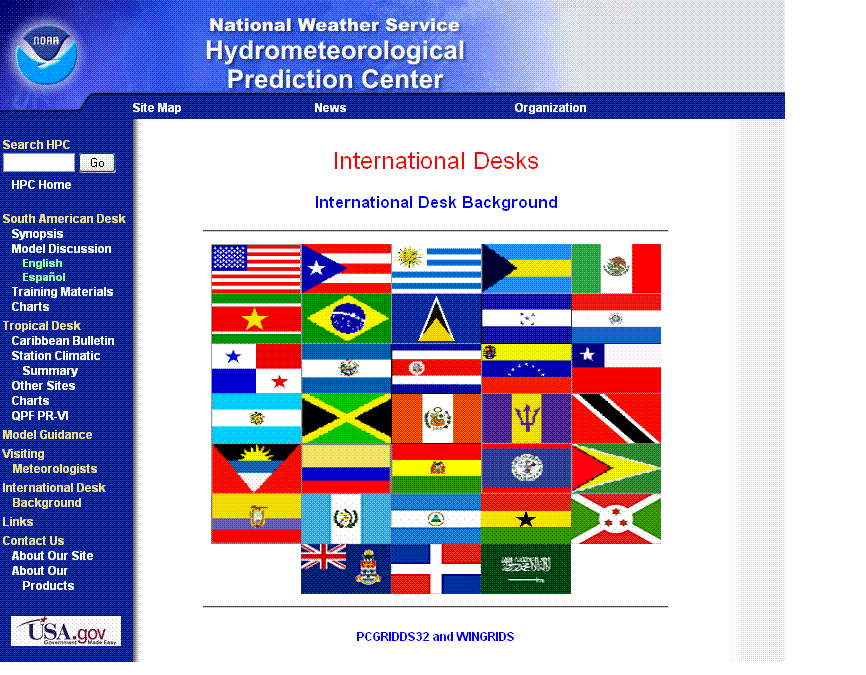Tropical Cyclone Products
| Active Storms: |
|

|
| Map Legend: |
Dvorak CI: less than 2.5 |
Dvorak CI: 2.5 to 3.5 |
Dvorak CI: 4.0 and up |
| Satellite Imagery with TCFP |
Subjective position and intensity estimates of tropical disturbances and cyclones across the globe using the internationally recognized Dvorak technique.
Text bulletins disseminated by 0100Z, 0700Z, 1300Z, and 1900Z describing the position and intensity estimates for tropical disturbances and tropical cyclones globally.
Subjective position estimates of tropical disturbances and cyclones across the globe using a variety of microwave sensors.
The ADT provides an automated, objectively-derived estimate of the tropical cyclone location and intensity using the latest official forecast bulletins from the Joint Typhoon Warning Center (JTWC) ...
The eTRaP is a simple ensemble that allows for the generation of probabilistic forecasts of rainfall in addition to deterministic rainfall totals.
The Tropical Cyclone Formation Probability Product provides an estimate of the probability of tropical cyclone formation within the next 24to 48 hours in 1 by 1 degree latitude/longitude areas from 45S to 45N and 0 to 360E.
MTCSWA combines information from several data sources to create a mid-level wind analysis which is then adjusted to the surface. Eight products are displayed, most notably an inner core scale surface wind analysis.
Microwave-based Tropical Cyclone (TC) Products provide estimates of tropical cyclone maximum wind speed, minimum sea level pressure, radii of 34, 50, and 64 knot winds in 4 quadrants relative to the storm center...

